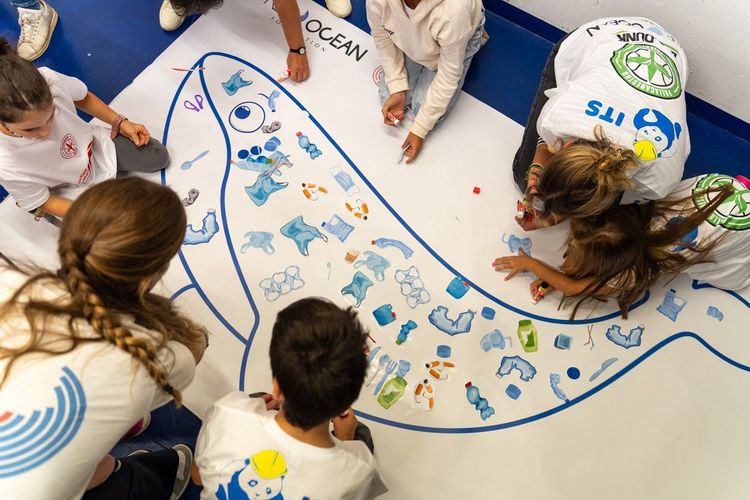
Following the negotiations resumed in the last few days at the United Nations headquarters in New York, on Saturday evening on March 4,Nations have finally agreed on the text of theHigh Seas Biodiversity Treaty, also known as the BBNJ Agreement, for the conservation and sustainable use of the marine biological diversity beyond national jurisdiction.
Covering almost two-thirds of the ocean that lies outside national boundaries, the Treaty is a crucial instrument for enforcing the 30x30 pledge made by countries at the UN biodiversity conference in December 2022 (COP15), to protect a third of the sea (and land) by 2030 as it provides a pathway to creating fully or highly protected areas across the ocean.
🌊 The High Seas represent about64% of the global ocean surfaceand refer to marine areas outside the border of countries’ Exclusive Economic Zones, which extend up to 200 nautical miles, and/or beyond the continental shelves limit.
🌊 Home to unique ecosystems and species, only 1.44% is currently under protection and, before the Treaty, no jurisdiction existed considering that the UN Convention on the Law of the Sea (UNCLOS) does not specify mechanisms or processes for conserving marine biodiversity in the High Seas.
The Treaty ->
🐋 will provide a legal framework for establishing vast marine protected areas (MPAs) to protect against the loss of wildlife;
🐋 will establish a conference of the parties (COP) that will meet periodically and enable member states to be held to account on issues such as governance and biodiversity;
🐋 will require the assessment of economic activities’ impact on high sea;
🐋 will ensure that developing countries will be supported in their participation.


